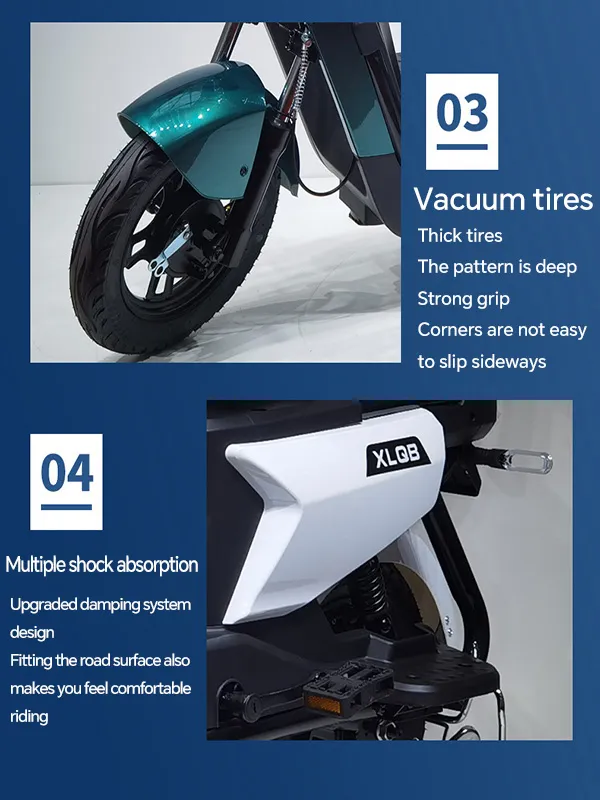
- Afrikaans
- Albanian
- Amharic
- Arabic
- Armenian
- Azerbaijani
- Basque
- Belarusian
- Bengali
- Bosnian
- Bulgarian
- Catalan
- Cebuano
- Corsican
- Croatian
- Czech
- Danish
- Dutch
- English
- Esperanto
- Estonian
- Finnish
- French
- Frisian
- Galician
- Georgian
- German
- Greek
- Gujarati
- Haitian Creole
- hausa
- hawaiian
- Hebrew
- Hindi
- Miao
- Hungarian
- Icelandic
- igbo
- Indonesian
- irish
- Italian
- Japanese
- Javanese
- Kannada
- kazakh
- Khmer
- Rwandese
- Korean
- Kurdish
- Kyrgyz
- Lao
- Latin
- Latvian
- Lithuanian
- Luxembourgish
- Macedonian
- Malgashi
- Malay
- Malayalam
- Maltese
- Maori
- Marathi
- Mongolian
- Myanmar
- Nepali
- Norwegian
- Norwegian
- Occitan
- Pashto
- Persian
- Polish
- Portuguese
- Punjabi
- Romanian
- Russian
- Samoan
- Scottish Gaelic
- Serbian
- Sesotho
- Shona
- Sindhi
- Sinhala
- Slovak
- Slovenian
- Somali
- Spanish
- Sundanese
- Swahili
- Swedish
- Tagalog
- Tajik
- Tamil
- Tatar
- Telugu
- Thai
- Turkish
- Turkmen
- Ukrainian
- Urdu
- Uighur
- Uzbek
- Vietnamese
- Welsh
- Bantu
- Yiddish
- Yoruba
- Zulu
Nov . 08, 2024 14:32 Back to list
how to adjust shifter cable on mountain bike
How to Adjust the Shifter Cable on a Mountain Bike
Mountain biking offers an exhilarating experience, but maintaining your bike is essential for a smooth and enjoyable ride. One critical aspect of bike maintenance is ensuring that your shifter cable is properly adjusted. A well-tuned shifter cable allows for precise gear changes, enhancing your control over the bike in different terrain conditions. If you're experiencing sluggish or inaccurate shifting, it's likely time to adjust your shifter cable. Here’s a step-by-step guide on how to do it effectively.
Tools You'll Need
Before getting started, gather the following tools 1. A 5mm Allen wrench (or the appropriate size for your bike) 2. A cable cutter 3. A Phillips screwdriver (if your bike has barrel adjusters) 4. New shifter cable (if the old one is frayed or worn out) 5. Lubricant (optional but recommended)
Understanding Your Shifter System
Mountain bikes typically use either a derailleur system for shifting between gears or an internal hub shifting system. This guide focuses on derailleur systems, which are the most common in mountain biking. Understanding the anatomy of your bike’s shifting system, including the derailleurs, shifter levers, and the cable housing, is essential.
Step 1 Inspect the Cable
Before making any adjustments, conduct a visual inspection of the shifter cable. Look for frays, rust, or any signs of wear. If the cable appears damaged, it’s best to replace it rather than attempt an adjustment. To replace the cable - Remove the old cable from the shifter and derailleur. - Thread the new cable through the housing and connect it to both the shifter and derailleur according to your bike's manual.
Step 2 Loosen the Cable
To adjust the cable tension, the first step is to loosen it 1. Use the 5mm Allen wrench to loosen the bolt on the derailleur that holds the cable in place. 2. Do not remove the cable; just loosen it enough to eliminate tension. 3. Shift the gears to the highest gear (smallest cog) to get the derailleur in a relaxed position.
how to adjust shifter cable on mountain bike

Step 3 Adjust Cable Tension
With the cable loosened, now you can adjust the tension 1. Shift the gears to the lowest gear (largest cog). 2. Pull the shifter cable tightly by hand and then re-tighten the bolt on the derailleur. Ensure it’s snug but be careful not to overtighten it, as this can damage the cable. 3. If your bike has a barrel adjuster, you can use this to refine your tension. Turn it clockwise to increase tension and counterclockwise to decrease it. Fine-tuning at this stage can help achieve smoother shifting.
Step 4 Test the Gears
Now that the cable is adjusted, it’s time to test your shifts 1. Shift through all the gears while holding the bike upright. Pay close attention to how the bike shifts between gears. 2. If you notice any skipping or hesitation between shifts, you may need to fine-tune the tension again using the barrel adjuster.
Step 5 Check Alignment
Sometimes the issue could be related to the derailleur alignment rather than just cable tension. Ensure that the derailleur hanger is straight and that the derailleur is positioned correctly over the cassette. If it’s bent or misaligned, you might need additional adjustments. This may require more mechanical knowledge or professional help, so don’t hesitate to visit a bike shop if needed.
Step 6 Lubricate
Finally, apply a light lubricant to the cable and housing to reduce friction and enhance performance. This is especially advisable if your bike has been exposed to elements like dirt and moisture. Regular lubrication can prolong the life of your cable and improve shifting performance.
Conclusion
Adjusting the shifter cable on your mountain bike is a straightforward process that can significantly enhance your riding experience. Regular maintenance and adjustments prevent issues before they arise and can save you from more lengthy repairs in the future. By following these steps, you’re not only ensuring smooth gear transitions but also getting more from your mountain biking adventures. Happy riding!
-
The Ultimate Kids' Four-Wheeler Experience
NewsJul.09,2025
-
The Ultimate Guide to Mountain Bikes: Gear Up for Your Ride
NewsJul.09,2025
-
The New Age of Cycling: Electric Bikes for Every Rider
NewsJul.09,2025
-
The Best Kids Bicycles: Ride in Style and Safety
NewsJul.09,2025
-
The Best 3-Wheel Scooters for Kids: Fun, Safety, and Adventure
NewsJul.09,2025
-
Revolutionize Your Ride: Affordable Electric Bikes
NewsJul.09,2025
-
Finding the Perfect Mountain Bike for Every Rider
NewsJul.09,2025



